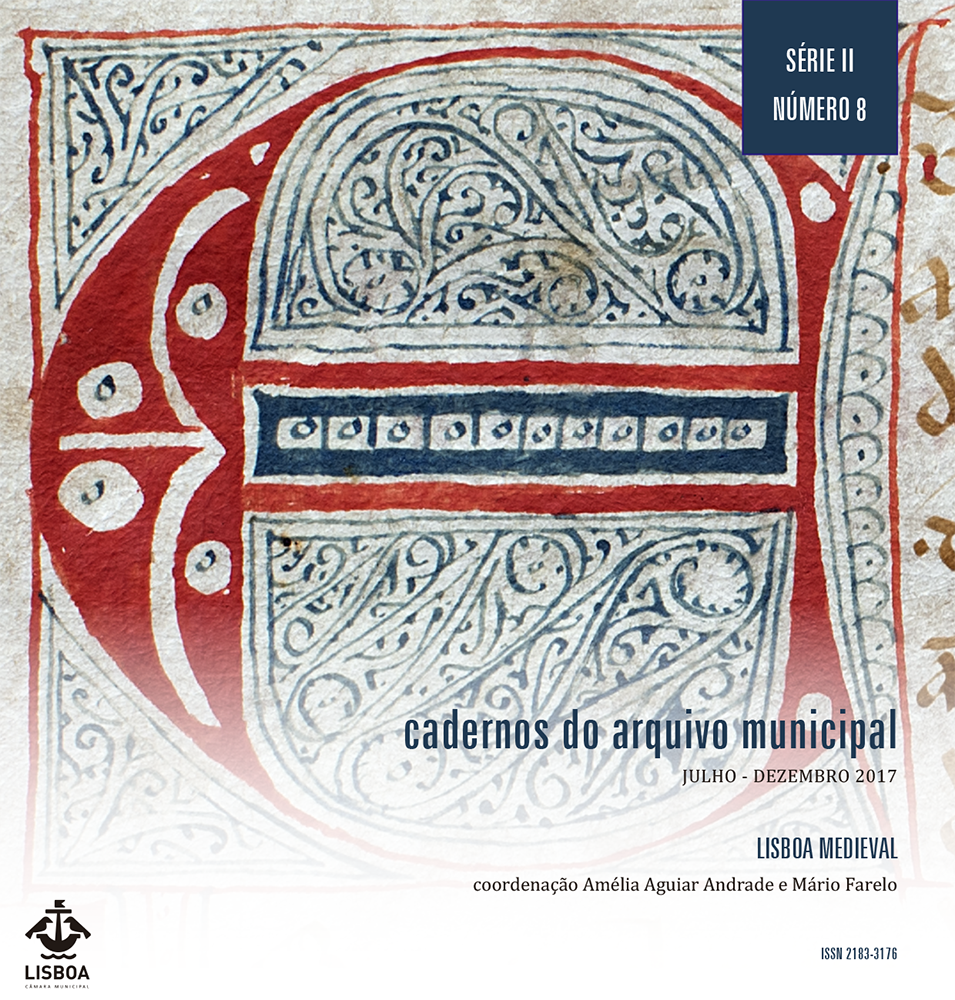Alcântara: a medieval tide mill in the periphery of Lisbon (13th to 18th centuries)
DOI:
https://doi.org/10.48751/CAM-2017-8191Keywords:
Lisboa, Alcântara, Tagus Estuary, Tide mi, CartographyAbstract
Alcântara from the outset was assumed as a structuring space for the city of Lisbon, despite its relative distance from the urban centre. This settlement pole was organized around a water course whose strategic value was recognized over the centuries by providing ease of communication with areas further away from the riverside, by ensuring the irrigation of both vegetable gardens and palatine gardens, by providing the installation of saltpans and the provision of motive power for various equipments that settled there from the Middle Ages to the beginning of the 20th century. This was the case of a tidal mill documented at least since the end of the thirteenth century to the mid-eighteenth century and which is one of the oldest examples known in Portugal of this type of technology, once common in the Tagus Estuary.
Downloads
Downloads
Published
How to Cite
Issue
Section
License
Copyright (c) 2017 Ana Cláudia Oliveira Silveira

This work is licensed under a Creative Commons Attribution-NonCommercial 4.0 International License.
The authors retain copyright and grant the journal the right of first publication, with the work simultaneously licensed under the Creative Commons Attribution License CC BY-NC 4.0 which allows sharing and adapting the text as long as its authorship is correctly attribbuted with recognition of the initial publication in this journal.










